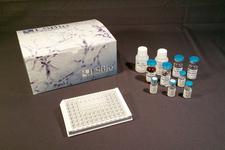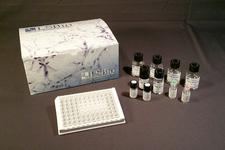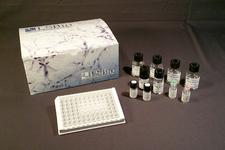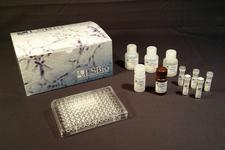order histories, retained contact details for faster checkout, review submissions, and special promotions.
Forgot password?
order histories, retained contact details for faster checkout, review submissions, and special promotions.
Locations
Orders Processing,
Shipping & Receiving,
Warehouse
2 Shaker Rd Suites
B001/B101
Shirley, MA 01464
Production Lab
Floor 6, Suite 620
20700 44th Avenue W
Lynnwood, WA 98036
Telephone Numbers
Tel: +1 (206) 374-1102
Fax: +1 (206) 577-4565
Contact Us
Additional Contact Details
order histories, retained contact details for faster checkout, review submissions, and special promotions.
Forgot password?
order histories, retained contact details for faster checkout, review submissions, and special promotions.
SIRT3 / Sirtuin 3
sirtuin 3
SIRT3 / Sirtuin 3 is a member of the sirtuin family of proteins, homologs to the yeast Sir2 protein. Members of the sirtuin family are characterized by a sirtuin core domain and grouped into four classes. The functions of human sirtuins have not yet been determined; however, yeast sirtuin proteins are known to regulate epigenetic gene silencing and suppress recombination of rDNA. Studies suggest that the human sirtuins may function as intracellular regulatory proteins with mono-ADP-ribosyltransferase activity. The protein encoded by this gene is included in class I of the sirtuin family. Two alternatively spliced transcript variants that encode different proteins have been described for this gene.
| Gene Name: | sirtuin 3 |
| Family/Subfamily: | ADP-Ribosyltransferase , not assigned-ADP-Ribosyltransferase |
| Synonyms: | SIRT3, HSIRT3, Sir2-like 3, SIR2-like protein 3, SIR2L3, Sirtuin 3, Sirtuin type 3 |
| Target Sequences: | NM_012239 NP_036371.1 Q9NTG7 |
Publications (2)







If you do not find the reagent or information you require, please contact Customer.Support@LSBio.com to inquire about additional products in development.









